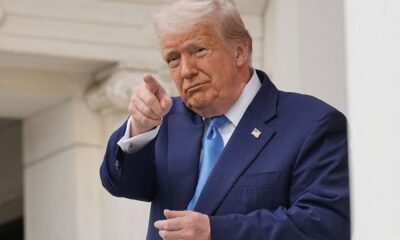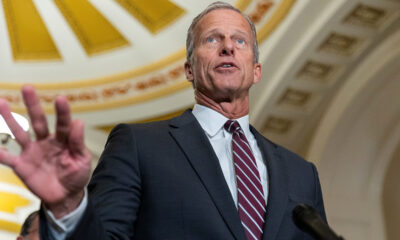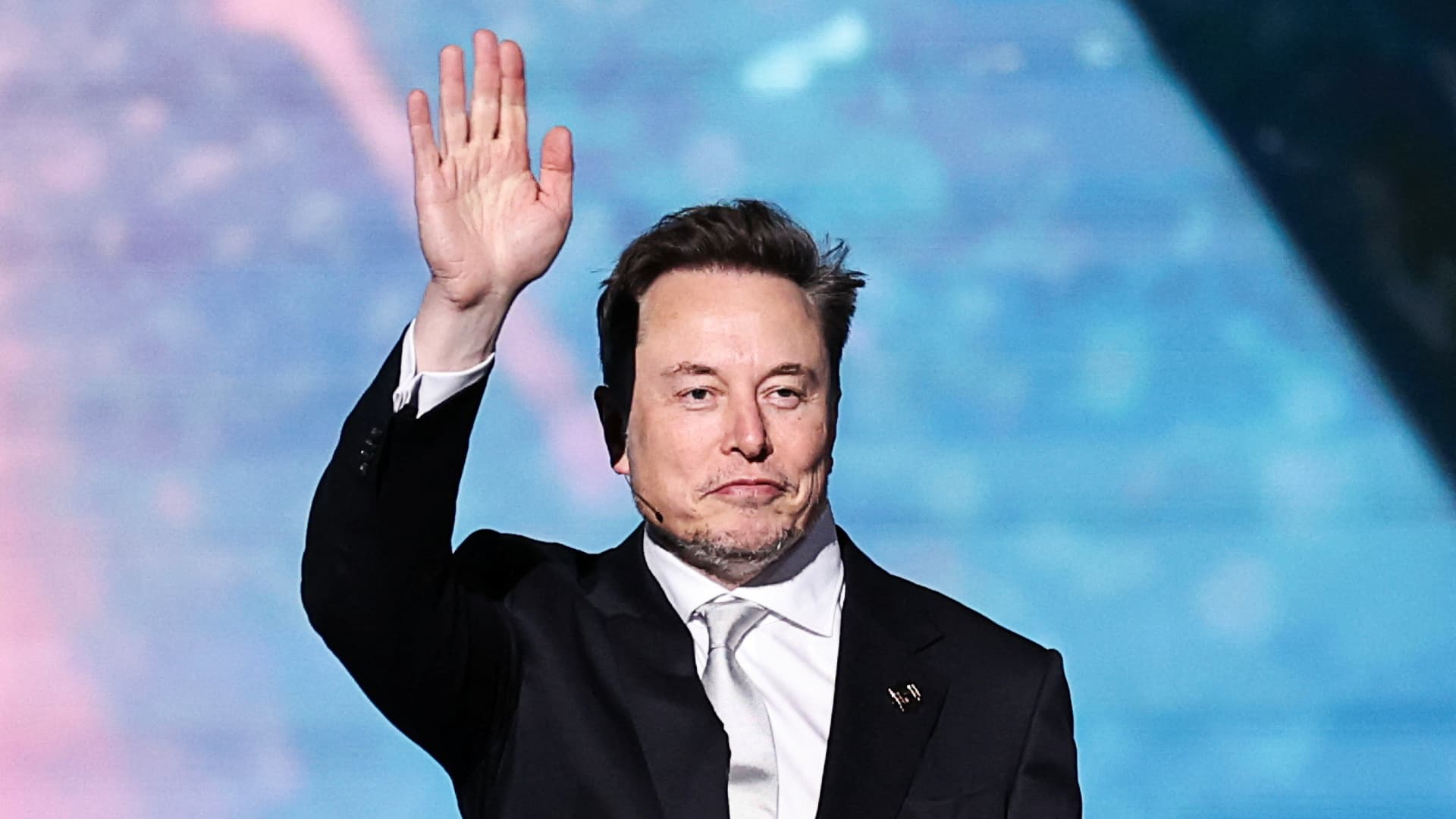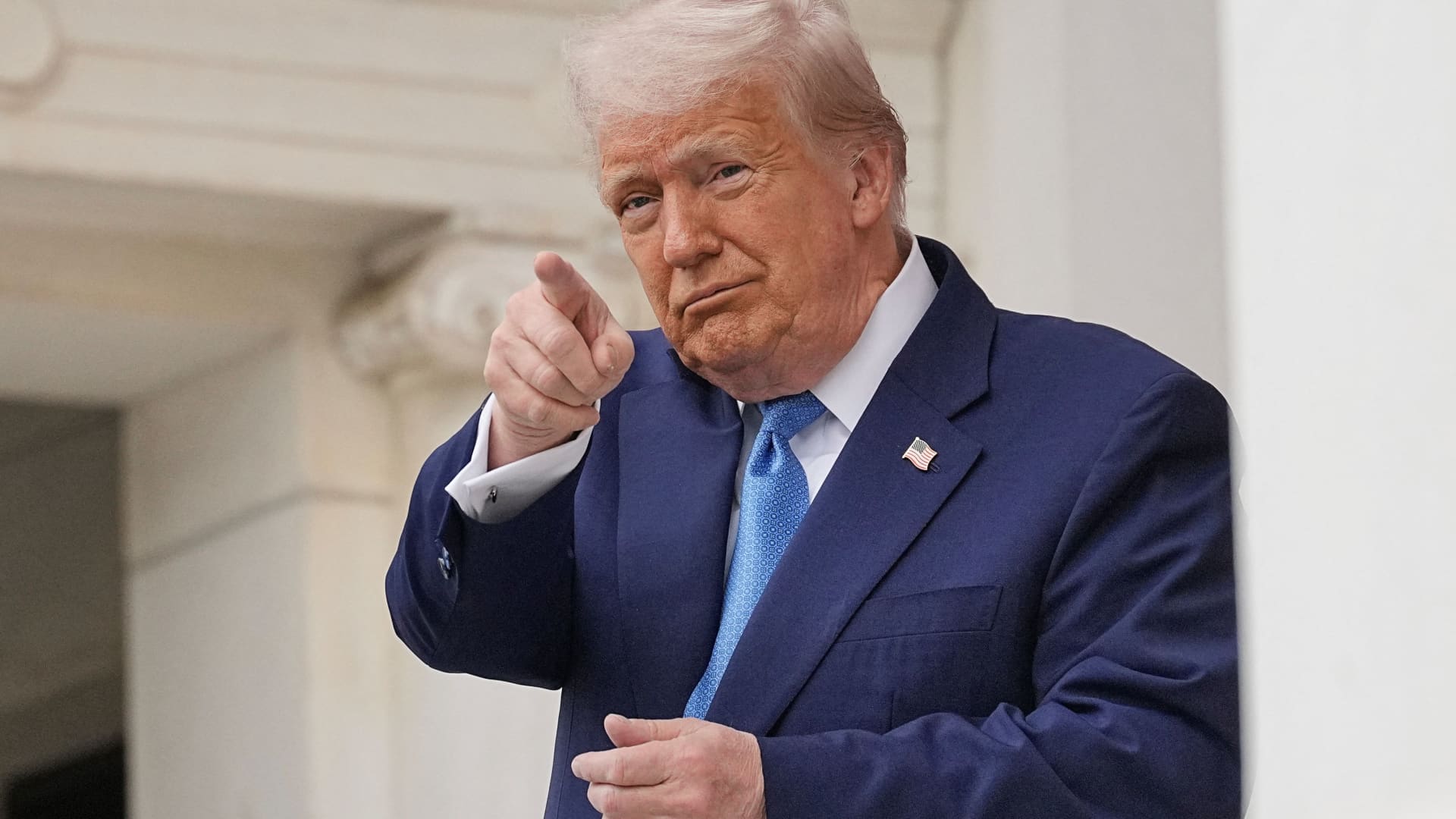IN THE LATE 1980s Edward Teller, the father of the hydrogen bomb, and Lowell Wood, an astrophysicist, proposed a seemingly bizarre scheme to defend America against missile attack. The “Brilliant Pebbles” system envisaged thousands of small satellites in low-Earth orbit, each housing heat-seeking missiles to take out incoming Soviet nukes long before they released their warheads. The idea faded, not least because the technology seemed distant. Now Donald Trump is resuscitating it.
On the campaign trail Mr Trump promised to build an “Iron Dome” for America, referring to an Israeli missile-defence system. The name is a misnomer. The Israeli system is designed to take out short-range rockets. What Mr Trump meant, and spelt out in an executive order published on January 27th, was a more ambitious effort to detect and counter intercontinental ballistic missiles (ICBMs) and the like. America already has a system designed to do that, known as Ground-Based Midcourse Defence (GMD), which relies on interceptors in Alaska and California.
Mr Trump’s proposal differs in important respects. One is its scope. GMD was intended to parry limited attacks involving a small number of ballistic missiles, such as might occur in an attack by North Korea. Mr Trump’s shield is supposed to block “any foreign aerial attack”, which would imply not only both cruise and ballistic missiles, but also a full-scale strategic attack by Russia or China involving many hundreds of missiles at once.
Critics of missile defence say this is folly, because it is generally cheaper to build additional offensive systems than interceptors to stop them. Russia and China—which are building missile shields of their own—have also argued that American defences risk undermining nuclear deterrence, because they might one day allow America to strike enemies without fearing retaliation. Advocates retort that the missile threat has changed: long-range non-nuclear missiles could now paralyse military facilities in the continental United States, allowing enemies to coerce America into staying out of a distant war.
In any case, Mr Trump’s favoured design is also noteworthy. GMD targets incoming missiles when they are in mid-flight. In theory it is easier to take out a missile in its “boost phase” (as it is taking off), when it is moving more slowly. The problem is that this is a fleeting moment—three to five minutes for ICBMs. The new order calls for “proliferated space-based interceptors capable of boost-phase intercept”. That amounts to a Brilliant Pebbles-like system: a lot of small, armed satellites, some of which would be above Russia, China and other foes at all times.
The cost of building tiny computers and putting thousands of them into orbit is far lower than it was in Mr Teller’s days—partly thanks to Elon Musk. But it is still eye-wateringly expensive, and liable to hoover up a good chunk of the defence budget. America would require 500 satellites in total to have just three to four interceptors in range of North Korean launchpads, estimates Bleddyn Bowen of Durham University; hundreds more than that would probably be needed, he says.
A key technical challenge will be building space sensors with “fire-control-quality tracking”—good enough at spotting and tracking enemy missiles to guide interceptors to them—says Tom Karako of CSIS, a think-tank. But if the technology proves mature, the implications could go beyond missile defence. “We will see the emergence, gradual understanding, and eventually acceptance of ‘space fires’,” says Mr Karako, which could include satellites capable of targeting, with both explosive and electronic means, targets on the ground, those in the air and other satellites in orbit.
There are many doubters. Mr Trump aired similar ideas in his first term but failed to back them with hard cash. Spending for an American Iron Dome will compete with a string of other priorities, from a bigger navy to more nuclear weapons. “It’s always a budget question,” says Mr Karako. “Show me your budget for missile defence, and I’ll tell you what your ‘Iron Dome for America’ is.” ■
Stay on top of American politics with The US in brief, our daily newsletter with fast analysis of the most important political news, and Checks and Balance, a weekly note from our Lexington columnist that examines the state of American democracy and the issues that matter to voters.

 Accounting6 days ago
Accounting6 days ago
 Economics1 week ago
Economics1 week ago
 Personal Finance6 days ago
Personal Finance6 days ago
 Accounting6 days ago
Accounting6 days ago
 Finance5 days ago
Finance5 days ago
 Economics1 week ago
Economics1 week ago
 Economics6 days ago
Economics6 days ago
 Economics6 days ago
Economics6 days ago



















